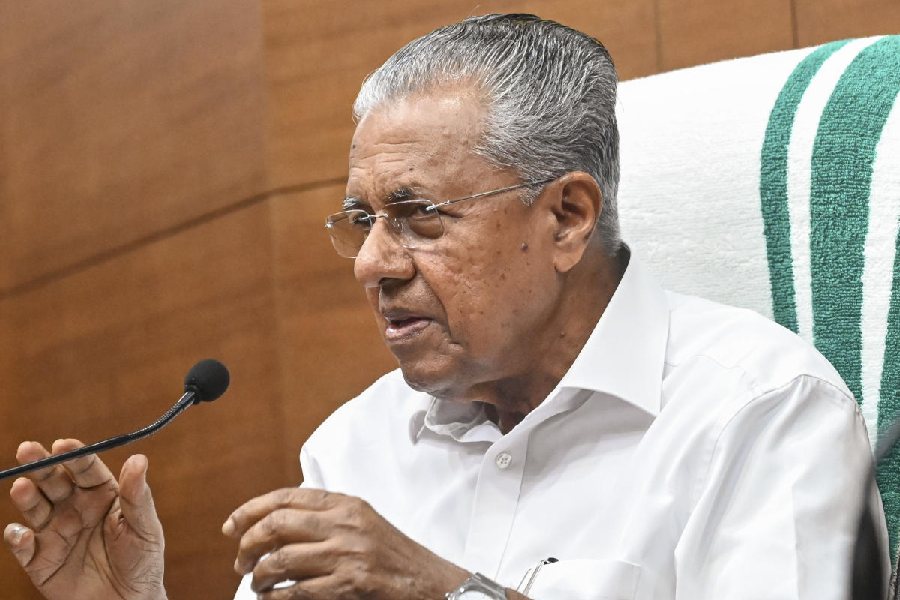Last year, electric vehicle (EV) sales in India reached a million units, a significant leap of over 300% from the around 320,000 units sold over the previous year, according to the Ministry of Road Transport and Highways.
While a third of EVs sold were electric three-wheelers, EVs accounted for 4.7% of overall automobile sales of the nearly 3.7 million passenger vehicles in 2022. The country has over 1.88 million registered EVs.
EVs moving ahead
With a surging car market, India's transition to electric mobility will be faster as automobile companies make big-ticket investments in the development of infrastructure to facilitate electric vehicle penetration in the country, industry experts expect.
"I am bullish about the EV market. Given the right impetus, rising EV adoption will create an immediate requirement to embrace the next-generation needs of the automotive industry," Jaideep Wadhwa, director of Sterling Gtake E-Mobility, a motor control units' manufacturer for EVs, told DW.
India is the third-largest automobile market globally in terms of sales, even ahead of major markets like Germany and Japan. Given the encouraging signs, there is now a push for manufacturers and policymakers to work together to shift demand towards greener options.
The Economic Survey 2023, an annual document of the Finance Ministry, predicts that India's domestic electric vehicle market will see a 49% compound annual growth rate between 2022 and 2030, with 10 million annual sales by 2030.
Additionally, the electric vehicle industry is projected to create around 50 million direct and indirect jobs in the next seven years.
Investment opportunities
Another independent study by the Center for Energy Finance (CEEW-CEF) showed that the EV market in India will be a $206 billion (€194 billion) opportunity by the end of this decade if it maintains steady progress to meet its ambitious 2030 target.
This would require a cumulative investment of over $180 billion in vehicle production and charging infrastructure.
In 2021, the Indian EV industry attracted $6 billion in investment and is becoming steadily more attractive to private equity and venture capital investors.
"This is a positive sign that the market is picking up, especially in the two and three-wheeler segments where the cost of ownership and cost parity with the internal combustion engines have improved considerably," Anumita Roy Chowdhury, executive director at Center for Science and Environment, told DW.
Chowdhury pointed out that the ongoing federal government incentive program and state-level policies have contributed to this trend and have also helped to build the electric bus program for zero emissions urban commuting.
Meeting India's climate targets
At the COP26 summit in Glasgow, India pledged to achieve net-zero emissions status by 2070 and to lower its emission intensity by 45% from 2005 levels by 2030. EVs could help realize these goals and play a pivotal role in India's green transition.
In Glasgow, India rolled out its website e-AMRIT, which functions as a one-stop destination for all information on EVs and addresses concerns about the adoption of EVs and their purchase — such as charging facility locations and EV financing options as well as information about investment opportunities, government policies, and available subsidies for drivers and manufacturers.
Currently, the transport sector accounts for 18% of total energy consumption in India, which translates to an estimated 94 million tons of oil-equivalent (MTOE) energy.
The Bureau of Energy Efficiency estimates that, if India were to follow the current trends of energy consumption, it would require an estimated 200 MTOE of energy supply annually by 2030 to meet demand.
"With supportive government policies, increasing consumer awareness, and improvements in technology, we will transition towards a more sustainable and eco-friendly mode of transportation," a senior government official told DW, requesting anonymity.
Indian conglomerates such as Reliance, Adani, and Tata are similarly investing in electric vehicles and green hydrogen.
They are beginning to invest huge money consequently in clean technology sectors such as electric vehicle charging infrastructure, biofuels, renewables, carbon capture and storage, and green hydrogen.
But the road to a fully-electric ecosystem still has a distance to traverse with high costs, inadequate infrastructure, and lack of high performing EVs, cited as reasons.
Hoping to convert more consumers into EV owners, the government is offering subsidies for its purchase, and a tax exemption of 150,000 Indian Rupees (€1,708, $1,818) is also given for people buying electric cars on loan.
The future of transportation
During the stage of "faster adoption and manufacturing of hybrid and electric vehicles" (FAME), the government has been trying to improve the infrastructure for electric vehicle manufacturing in the country.
There are more than 65,000 gas stations in the country but only 1,640 EV charging stations. Petroleum companies are expected to come up with a plan for 22,000 EV charging stations by 2024. In comparison, China has approximately 900,000.
Moreover, a battery swapping policy has been put forward as an easier way to charge EVs. Last year, the government also announced a production-linked incentive scheme for automakers, a part of which aims to boost electric vehicle manufacturing.
"A lot of things are possible. Every street lamp can also be turned into a charging station with the swipe of a credit card. But what is good to know is that many states have introduced policies that have led to the increased adoption of EVs," Wadhwa said.
However, the change in the electric car segment compared to two- and three-wheelers, is slower, as costs are still high.
According to NITI Aayog, an Indian public policy think tank, by 2030, 80% of two- and three-wheelers, 40% of buses and 30%-70% of cars in India will be EVs.
While it is encouraging to see the market picking up, Chowdhury stressed a lot more is needed to meet NITI Aayog's recommended aspirational target.
"This will require immediate intervention to define the next stage of the current incentive program, which is coming to an end in 2024, and a regulatory target with zero emissions vehicle mandate to accelerate the electric mobility transition," Chowdhury said.











